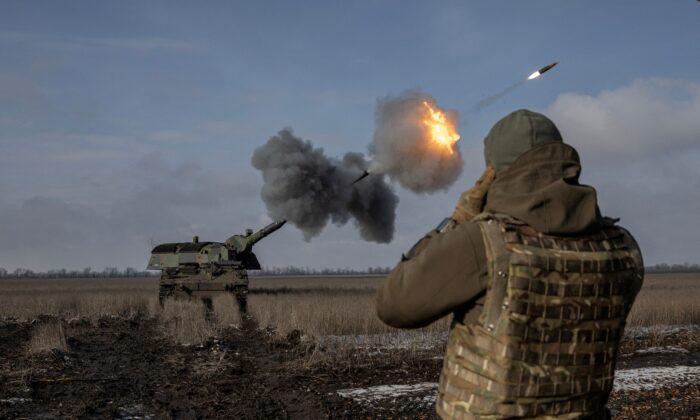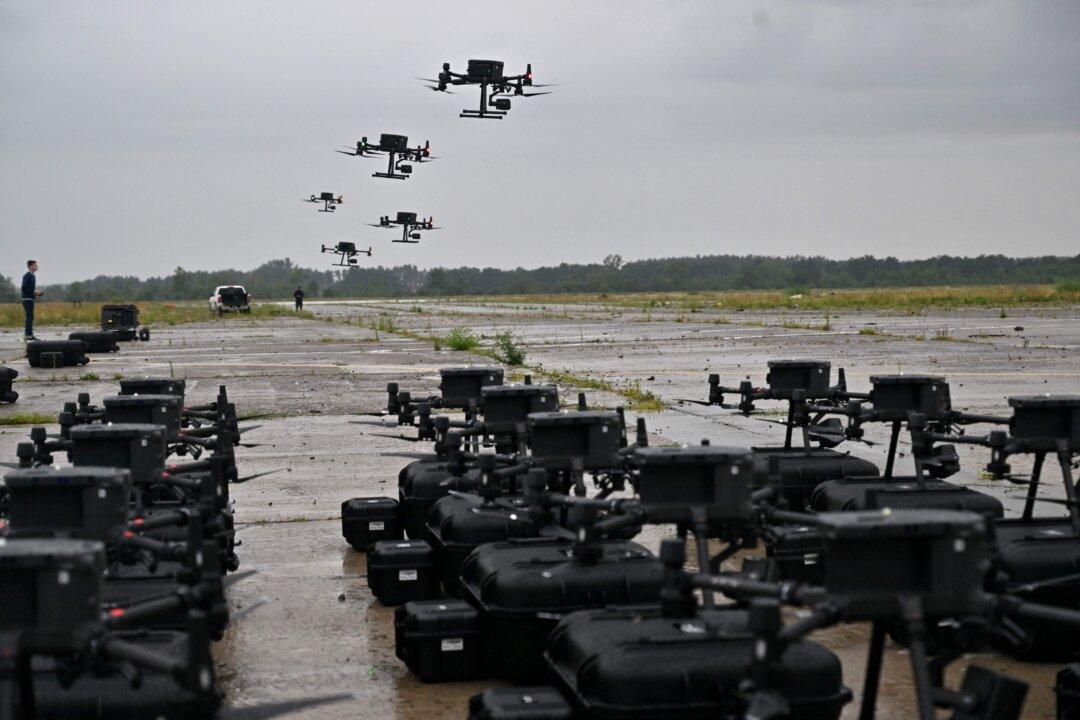Commentary
Now, despite the United States and NATO having supplied Ukraine with what was supposed to be enough conventional artillery shells to conduct a successful counteroffensive, President Joe Biden is rushing mass quantities of CMs to Ukraine from the United States’ own vast stockpiles.
The justification for sending Ukraine these controversial weapons is that Ukraine is on the cusp of completely running out of ammunition for its artillery and that the cupboards of the United States and its NATO allies are bare of additional conventional rounds to send to Ukraine.
This is the narrative, but the decision to send CMs to Ukraine also corresponds with the realization by the Biden administration that the much anticipated/touted
Ukrainian counteroffensive is failing. Given this, a person with even a small modicum of skepticism might see Mr. Biden’s rush to get Ukraine CMs as a desperate attempt to turn around the counteroffensive. After all, with Mr. Biden having invested so much prestige and political capital into the proxy war with Russia, losing it would be a disaster for him.
Or the primary reason for rushing Ukraine the CMs could be just as Mr. Biden
said: “They’re running out of that ammunition, and we’re low on it.”
Regardless of what really prompted the mad scramble, Ukraine is going to receive made-in-the-USA CMs. While the exact breakout of the type and quantities hasn’t been made public, Politico reporter
Paul McLeary said Ukraine would receive at least 100,000 155-millimeter dual-purpose improved cluster munitions (DPICMs). That sounds like a lot, but Ukraine could burn through that in a matter of a few weeks, so it wouldn’t be surprising to find out that Ukraine ends up receiving more—much more.
But will receiving large quantities of CMs make a difference? The answer is yes, especially if it’s a matter of Ukraine having some ammunition for its 155-mm artillery versus not having any ammunition. And even if the immediacy of the ammunition shortage was overstated, having both conventional shells and DPICM shells available for fire missions will boost Ukraine’s effective artillery power. But will it be a game changer? Will it give Ukraine what it needs to turn things around and mount the kind of successful counteroffensive that Ukraine and its allies were counting on? Will it allow Ukraine to push Russia back to its pre-invasion borders?
How you answer that question will depend on your viewpoint. The most widely held view, a view supported by Western media, experts, and analysts, is that
Russia is incompetently led, its troops
poorly trained, and that, at least in part,
Russia’s callous use of human wave tactics, etc., has resulted in Russia suffering many times more deaths and casualties than has Ukraine. The consequence of these mass casualties is that Russian troops are demoralized and won’t be able to stand up to well-executed, determined attacks by
high-morale, better-trained Ukrainian troops equipped with vastly superior Western/NATO equipment.
Literally thousands of articles, opinion pieces, and news stories supporting this view have been written. Yet it’s good to keep in mind that recent times have seen countless thousands of articles written by experts advocating/supporting a viewpoint that turned out to be wrong.
The other viewpoint held by a significant minority of analysts and experts is the polar opposite of that described above. Those ascribing to this counternarrative, while acknowledging Russia’s serious missteps and mistakes early on in the war, see that Russia, recognizing
its mistakes, has methodically built up its ground forces over the past year and today has a bigger, more powerful force than when Russia first invaded. And Russia adopted economy of force tactics supported by its
large advantage in artillery designed to minimize overall Russian casualties while maximizing Ukrainian casualties.
Consequently, in sharp contrast to what many believe, they see Ukraine as the one having suffered from hugely disproportionate losses and Ukraine as struggling to recruit/conscript enough men into the armed forces of Ukraine to meet its needs. Additionally,
President Vladimir Putin and
the war remaining popular with the Russian people is viewed as being a strong indicator that Russia is far from collapsing.
And they don’t see how any amount of equipment sent to a Ukraine suffering from acute manpower shortages will enable Ukraine to overcome Russia’s vast advantage in manpower, artillery power, airpower, electronic warfare capabilities, and armored power.
In short, they don’t see any way that Ukraine can win this war and believe that prolonging the war will only result in Ukraine being forced to negotiate a peace with inferior terms to what could have been achieved hundreds of thousands of casualties ago
back in April 2022.
A person who falls on the side of believing Ukraine has no chance of pushing Russia back to its original borders is retired U.S. Army Lt. Col. Daniel Davis, who, along with being a military analyst, actually has experience in using CMs. While acknowledging cluster munition effects can be “devastating,” Mr.
Davis concluded that “adding cluster munitions, regardless of how much more lethal they are than standard 155mm HE [high explosive] rounds, will not make a difference in the outcome of the current offensive.”
And it’s also good to remember that it isn’t only Russia that’s been using CMs;
Ukraine has been using them as well. And while being resupplied with more CMs will enable will Ukraine to kill/destroy more Russians and equipment, Russia’s superiority in artillery and airpower, as well as missiles, gives it the ability to employ far more CMs against Ukrainian positions than Ukrainians can employ against Russian positions.
So will getting more CMs into the hands of Ukraine’s military turn a failing counteroffensive into a success? In my opinion, no. Will CMs enable Ukraine to defeat Russia? No. Will being given more CMs enable Ukraine to kill more Russians? Yes, but Russia’s response with its own increased use of CMs could also end up accelerating the rate of Ukrainian casualties. So in the end, CMs will likely yield more death on both sides, with no possibility of changing the outcome. And it will result in far more unexploded submunitions for unwary civilians to come across in the future.
Views expressed in this article are opinions of the author and do not necessarily reflect the views of The Epoch Times.





